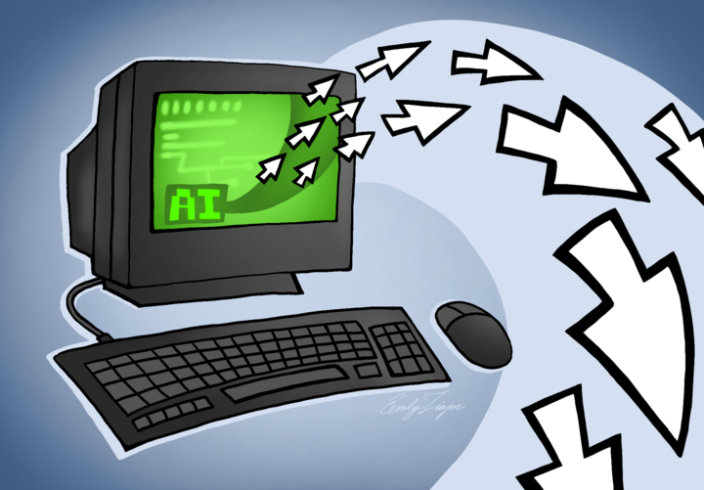‘Snappening’ serves as reminder to be cautious online
December 3, 2014
While the backdrop of a snowy winter wonderland may seem like the perfect setting for your next selfie, students may want to think twice about what they post to social media this winter break.
In October, thousands of users of Snapchat, a popular photo-sharing app, were victim to a photo-hacking scandal where their private photos were made available to the public. The fact that anything from a picture of a person doing the “duckface” during a boring class, or a special picture sent to a significant other could be seen by the entire public, was a shock to some.
Brennen McKim, a student studying business management at the College of DuPage, feels that the ‘Snappening’ was a much-needed wake up call.
“I think that this is the rude awakening the public needed. People are forgetting just how easy it is to ‘hack’ software like Snapchat,” McKim says.
Snapchat is an app used mainly for sending pictures to specific users, ranging from friendly photos sent to a friend to seductive pictures sent by underaged teenagers. Like many of the apps now available for smartphones, Snapchat provides a unique and seemingly safe way to communicate with friends.
According to Dejang Liu, a professor of computer systems information at COD, it is the unique qualities of these apps that get people hooked.
“The Internet is like a double edged sword. There are risks but it also makes life very convenient,” he says.
McKim agrees that the Internet is a tool that people have become extremely dependent on.
“It speeds life up. [You can get] help with assignments that can be achieved with a simple question to Google,” McKim says.
However Liu warns that college-aged students, in particular, need to be aware of the risks the Internet has.
“Don’t treat websites like Facebook as your private storage area,” Liu says. “It is very easy for information to get out from those type of websites.”
This is a sentiment McKim agrees with.
“iCloud is a product of one of the biggest computer software companies in the world and was ‘hacked’ by someone who probably wasn’t more familiar with computers than your average IT guy,” McKim says. “The real problem is the people who had their photos leaked don’t understand just how easy it is to take a screenshot without them noticing.”
McKim knows first-hand the harms the Internet can have. He was a victim of fraud when his Paypal account was used to buy items that he did not purchase. This experience taught him a great lesson about online safety.
“I learned that taking advantage of these new, great websites have the downside of being vulnerable,” McKim says.
Even with these risks involved, people are still becoming more and more intertwined with smartphones and social media.Walking down the halls at COD, it is easy to see how many students who eyes are fixated on their cell phones or who are camped out in a corner checking out social media sites on their laptops.
With no sign of the craze for the digital wearing off, Liu has tips for people to stay safe online.
“Of course, be careful and try to use different passwords for different websites,” Liu says. “If you are scared of something getting out, don’t post it or send it.”
Liu also says that there are a plethora of softwares available aimed at protecting Internet users.
As for McKim, he uses his own judgment when it comes to keeping himself safe online.
“When I want to download or use a new app, I think really hard about what the worst possible outcome could be, and that usually decides whether or not I use it,” McKim says.
With this in mind, students should remember as they share their holiday fun through social media that the footprints they leave in the digital cannot be as easily covered up as a sidewalk by winter’s snowflakes.


















